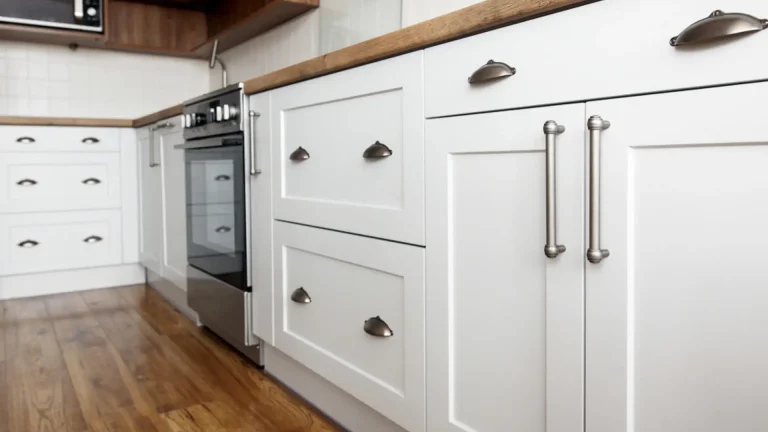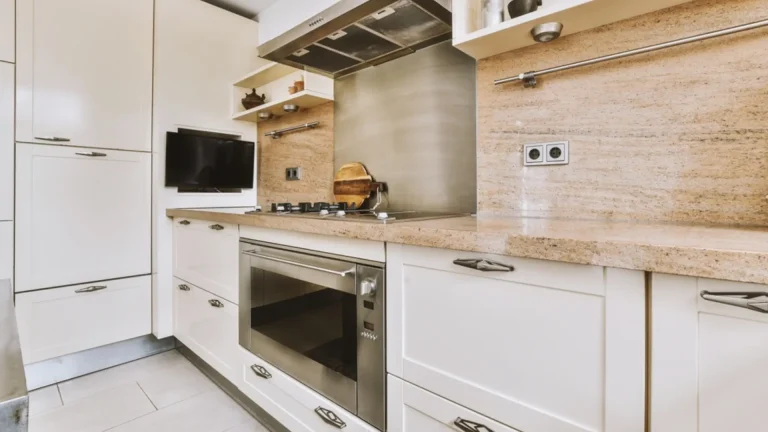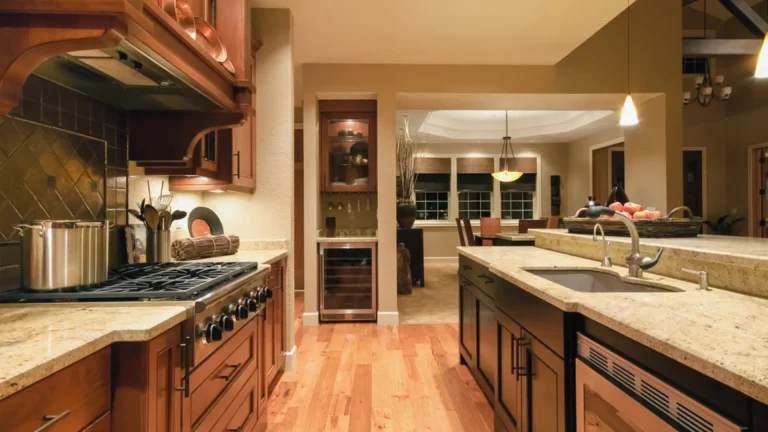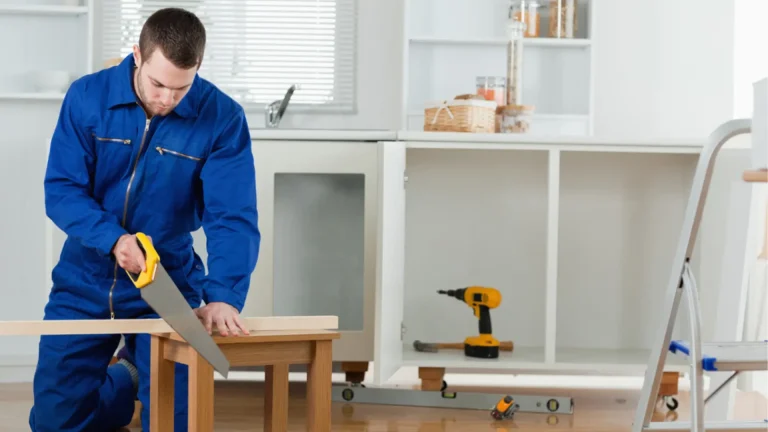A Comprehensive Guide: How to Clean Wood Kitchen Cabinets for a Sparkling Kitchen
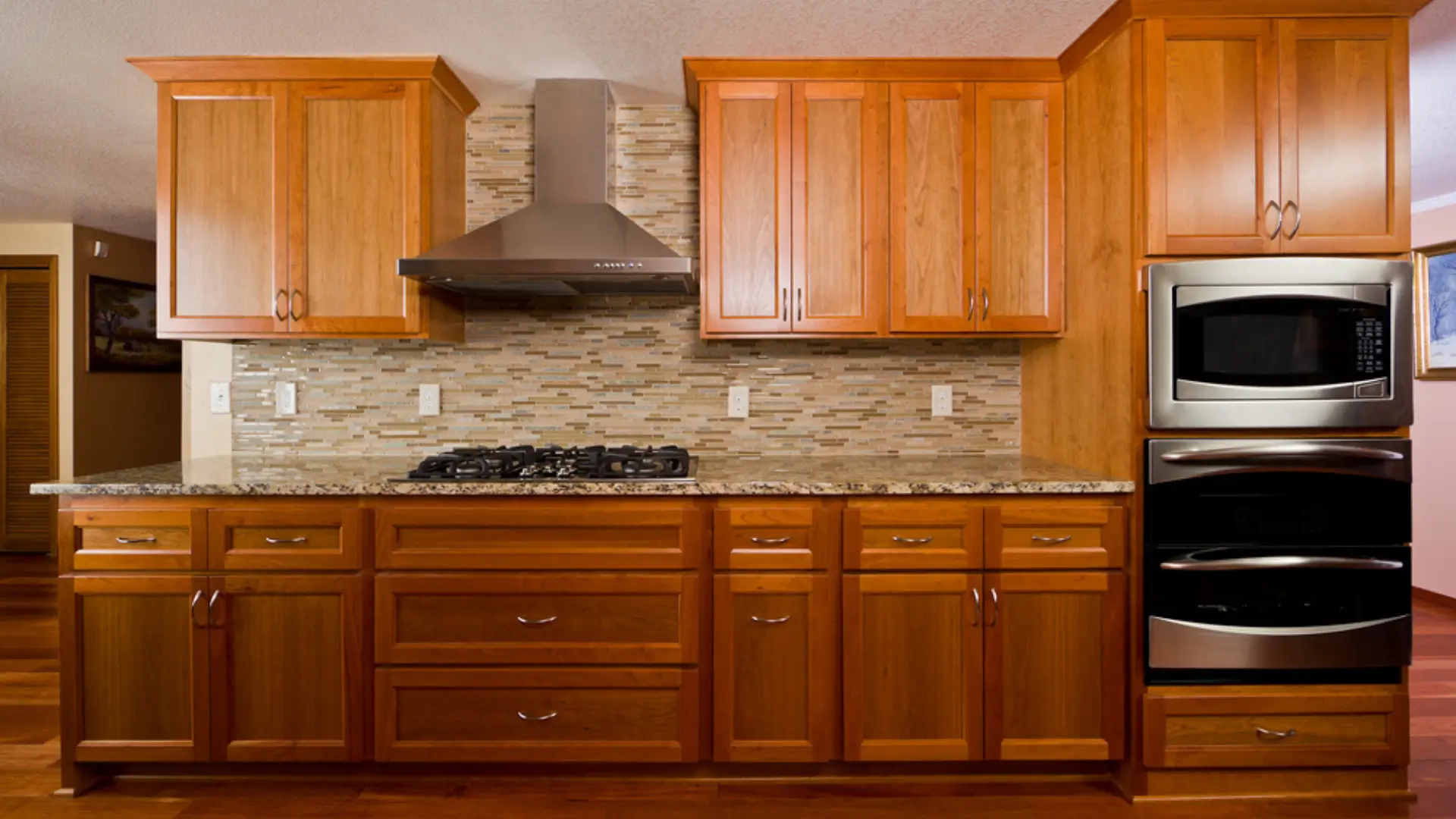
Maintaining the elegance and warmth of wood kitchen cabinets requires regular cleaning and care. Over time, cabinets can accumulate a layer of grime composed of kitchen grease, dust, and spilled food, which can dull their appearance. The challenge is to clean effectively without damaging the wood. This guide on “how to clean wood kitchen cabinets” will walk you through the necessary steps to keep your cabinets looking their best, ensuring they remain a beautiful and functional part of your kitchen for years to come.
Wood cabinets are a significant investment in any kitchen, offering both aesthetic beauty and functional storage space. However, they can quickly become the repository of every conceivable kitchen spill and splatter. Knowing how to clean wood kitchen cabinets is essential to maintain their beauty and integrity. This guide aims to provide you with effective methods to keep your cabinets clean, whether they’re faced with daily dirt or the occasional stubborn stain.
When to Clean Your Kitchen Cabinets?
Regular maintenance of your kitchen cabinets is crucial to keeping them in top condition. A weekly wipe-down with a soft, damp cloth can prevent the buildup of dust and grease, which is especially important for high-use areas like handles and around knobs. For deeper cleaning, a seasonal schedule can help tackle areas that need more attention, such as the cabinet tops and interiors.
Seasonal cleaning, typically done during the spring and fall, allows for a thorough cleaning of your cabinets’ exterior and interior. This is the time to remove all items from your cabinets, wash the shelves, and clear out any expired or unwanted items. It’s also an excellent opportunity to apply a wood conditioner or polish to nourish the wood and protect it from moisture and wear.
Materials Required to Clean Kitchen Cabinets
The materials you’ll need to clean your kitchen cabinets depend on the type of cleaning you’re undertaking. For general cleaning, you’ll require:
- Soft cloths or sponges
- Mild dish soap
- Warm water
- Wood polish or conditioner (optional for wood cabinets)
- Baking soda (for tougher stains)
- Vinegar (for grease and odor removal)
For specific stain removal, additional materials such as mineral spirits (for grease) or a paste made from baking soda and water (for scuffs and food splatters) may be needed. Always test any cleaner on an inconspicuous area first to ensure it does not damage the finish.
How to Clean Stains on Kitchen Cabinets?
Fingerprints
Fingerprints and grease are common issues that can mar the appearance of kitchen cabinets. For fingerprints, a simple solution of warm water and dish soap, applied with a soft cloth, can be effective. Gently rub the area in a circular motion and dry with a clean cloth to prevent water marks.
Grease Stains
Grease stains, particularly common in kitchens, require a slightly stronger solution. A mixture of vinegar and water, applied with a soft cloth, can cut through grease without damaging the wood. For more stubborn grease, a solution of baking soda and water applied with a soft brush can lift the grease without scratching the surface.
Food splatters
Food splatters and water stains are also common challenges. Food splatters can often be removed with a paste of baking soda and water, gently rubbed onto the stain and wiped clean. Water stains, on the other hand, may require a cloth dampened with vinegar to remove the buildup without harming the wood’s finish.
Scuffs and Scratches
Scuffs and scratches can detract from the overall appearance of your cabinets. A paste of baking soda and water can be used to gently buff out scuffs. For deeper scratches, a touch-up marker or crayon designed for wood can be used to fill in and camouflage the damage.
How to Clean Kitchen Cabinets That are Painted?
Painted cabinets require careful cleaning to avoid damaging the paint. A solution of mild dish soap and warm water, applied with a soft sponge or cloth, is usually sufficient for routine cleaning. For tougher stains, a baking soda and water paste can be used gently. After cleaning, rinse with a damp cloth and dry thoroughly to prevent damage to the paint.
How to Clean Wood Kitchen Cabinets?
Wood cabinets benefit from gentle, non-abrasive cleaners. A solution of warm water and mild dish soap can effectively clean the surface without harming the wood. For conditioning, a wood-specific cleaner or polish can be applied after cleaning to nourish the wood and protect the finish.
How to Clean Laminate Cabinets?
Laminate cabinets are durable and easy to clean. A solution of water and vinegar can effectively remove grease and fingerprints. For tougher stains, a non-abrasive cleaner or baking soda paste can be used. Avoid using abrasive scrubbers or harsh chemicals that can damage the laminate surface.
FAQs
Conclusion
Maintaining clean kitchen cabinets is essential for the beauty and longevity of your kitchen. Regular cleaning, coupled with the right materials and methods, can keep your cabinets looking their best, whether they’re painted, laminate, or wood. By following this guide on “how to clean wood kitchen cabinets,” you can ensure your kitchen remains a welcoming and clean space for cooking and gathering.

